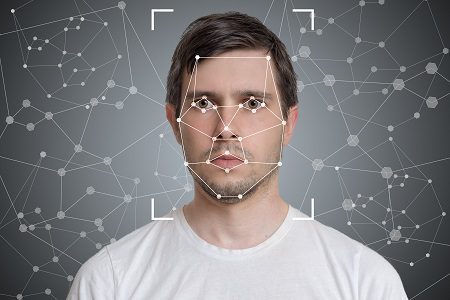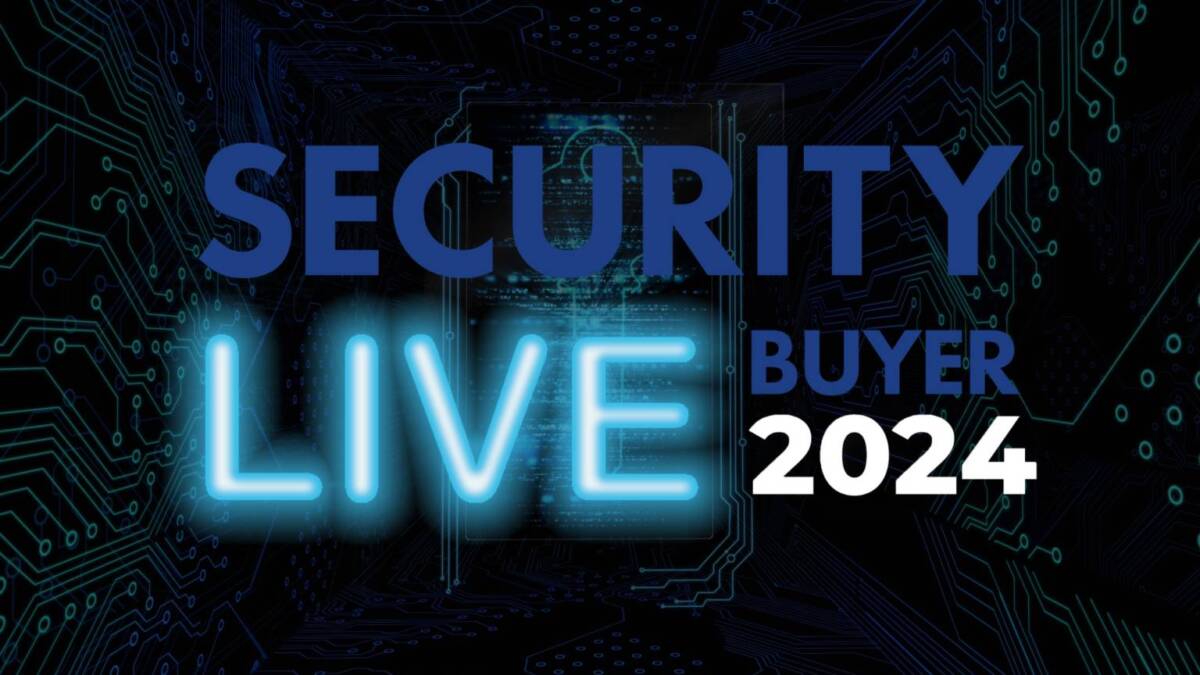Taking a look at how biometrics in security has increased in popularity
Biometric solutions in the security industry have increased in popularity in recent years due to its proven effectiveness and reliability. Biometric technology is used as a way of identification and is incredibly effective as a form of access control. Many different industries rely on biometric technology to ensure a high-level of security. Technology is constantly evolving and improving, furthering the reliability of biometrics. Biometric authentication works by comparing data of a person’s characteristics to that person’s previously stored biometric ‘template’ to determine resemblance. Common methods of biometric authentication include facial recognition, iris recognition and the use of fingerprints.
Verifying a person’s identity has been a concern throughout history and could be seen as one of the core properties of security as a whole. A good example of this is how people have always relied on the recognition of a person’s features just from looking at them. The use of ID cards is a traditional way of verifying someone’s identity just by comparing them to the photo on the card and police have relied on sketches of suspects in hope to identify them Biometric technology deepens this verification by the use of technology, which is one of the key reasons so many companies are now implementing it into their security solutions.
Today we look at the different reasons biometric security solutions have grown in popularity.
Facial recognition
Facial recognition is one of the most common methods of identity verification, it uses biometric technology to recognise a human face. It uses a similar method of authentication as other biometric solutions- matching the person’s characteristics to a previously saved template. Facial recognition systems map the person’s characteristics from a photo, video or a scan of their face.
Facial recognition softwares reads the geometry of a person’s face, like distance between their eyes and placement of other characteristics- this determines a facial signature. This facial signature is then compared to the previously stored data. The system then determines if this is a match to one of the faces in the database.
Facial recognition is used throughout many different industries. Modern phones now often use facial recognition instead of a passcode, because it is more secure. It does of course have its downfalls- depending on the setting the user is in the phone may not recognise the person’s face. Facial recognition in phones and other devices does rely on a clear view of the user’s face, this can be affected by lighting, or more recently the use of masks. Because of these consequences, some people may view facial recognition services as inconvenient as a security precaution when integrated into their personal devices. Many phone service providers do give users the option to just use the traditional method of a passcode. However, these do leave personal data more vulnerable to cyberattacks, biometric security ensures a higher protection level despite these reasons.
There is a worry of how accurate facial recognition softwares is amongst many experts and the public. Like previously mentioned when discussing the use of this technology on personal devices, the setting can affect its reliability. There are other factors like ageing and if someone drastically changes their appearance. However, facial recognition is still regarded as one of the most trusted forms of verification. Industries such as government bodies and banking establishments rely on facial recognition services to protect their data and documents, which proves the trust level that it has as a whole.
To read more exclusive features and latest news please see our Q4 issue here.
Media contact
Rebecca Morpeth Spayne,
Editor, Security Portfolio
Tel: +44 (0) 1622 823 922
Email: editor@securitybuyer.com













